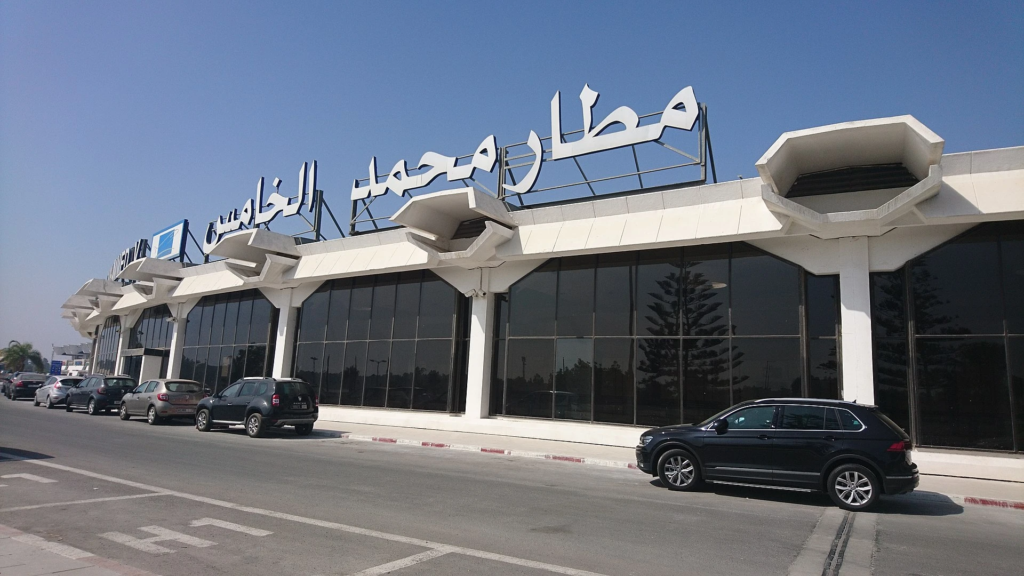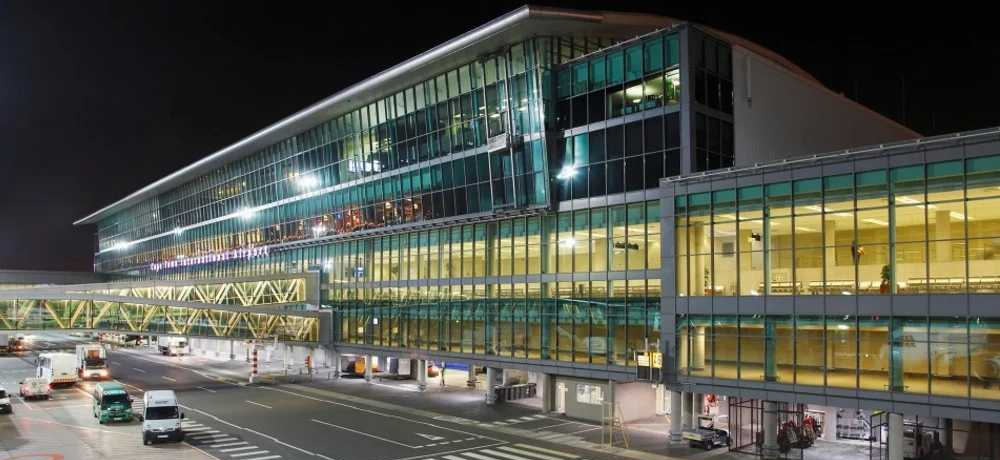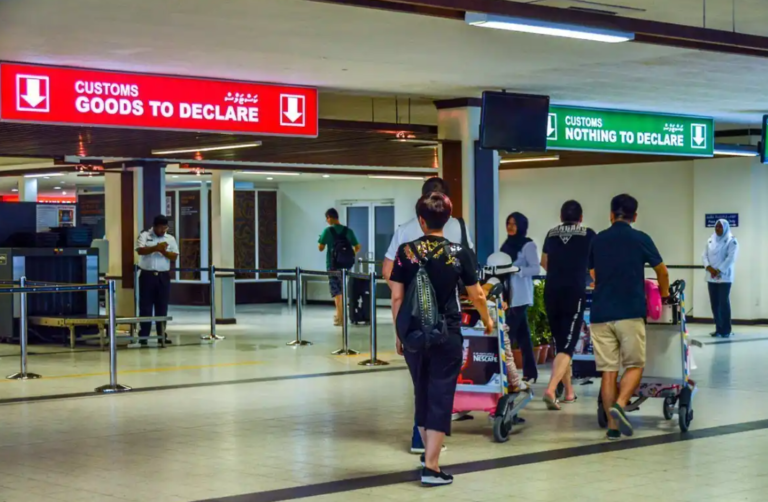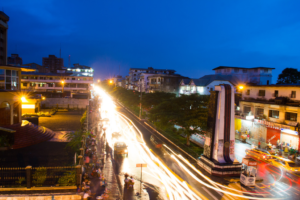From service quality to terminals & staff, here are the five African airports leading the way and why Liberia’s airport still has work to do.
According to BusinessDay Nigeria, the most serviceable countries—meaning those with the best networks of safe, maintained, functional airports in 2025 are led by South Africa, Kenya, and the Democratic Republic of the Congo, followed by Namibia and Tanzania. Businessday NG These rankings focus less on a single airport and more on the overall country’s airport infrastructure in terms of number, condition, and usability.
When switching to rankings based on individual airports—customer service, comfort, amenities, staff friendliness, ease of travel—the top 5 airports in Africa consistently include:
- Cape Town International Airport (South Africa) – often praised for its clean, modern terminals, smooth customs/immigration, and overall passenger satisfaction.
- Durban King Shaka International Airport (South Africa) – known for excellent staff service and quality facilities.
- Johannesburg O.R. Tambo (South Africa) – a major hub, high traffic, broad international connectivity, ability to handle large volumes with reasonable service.
- Casablanca Mohammed V International Airport (Morocco) – well rated for its “ease of journey,” lounge facilities, and consistent customer feedback.
- Mauritius International Airport – frequently commended for welcoming atmospheres, modern infrastructure, and staff friendliness.




Liberia’s Position & Roberts International Airport
Liberia’s main international airport, Roberts International Airport (Monrovia, Liberia), is the country’s largest and busiest aviation facility. However, it does not currently appear among the top airports in Africa when measured by passenger traffic, service quality rankings, or ASQ/Skytrax style assessments.
Why not? A few reasons:
- Limited infrastructure investment in terminals, lounges, and passenger amenities compared to the top airports.
- Less frequency of international flights, fewer airlines serving the airport, which reduces competition and incentives for very high service levels.
- Liberia’s geography and economic constraints make maintaining cutting-edge airport facilities more difficult.
- Utilities, customs efficiency, and staffing levels often lag behind the most celebrated airports, which have benefitted from major public-private partnerships or large national funding.
That said, Roberts International has seen transformations: expansions of runway capacity, efforts at modernizing certain terminal sections, upgrading safety and security, and ongoing discussions with aviation authorities and foreign aid / investment for improved navigation and passenger facilities.
Africa’s leading airports shine not just through big flight numbers but through consistent passenger satisfaction—clean terminals, helpful staff, on-time flights, and smooth services. While Liberia’s Roberts International Airport is vital to national connectivity and has made strides, it still lags behind the top-ranked airports on many of these fronts. To climb higher, it will need sustained investment, upgraded facilities, improved airline services, and a stronger focus on the passenger experience.


















